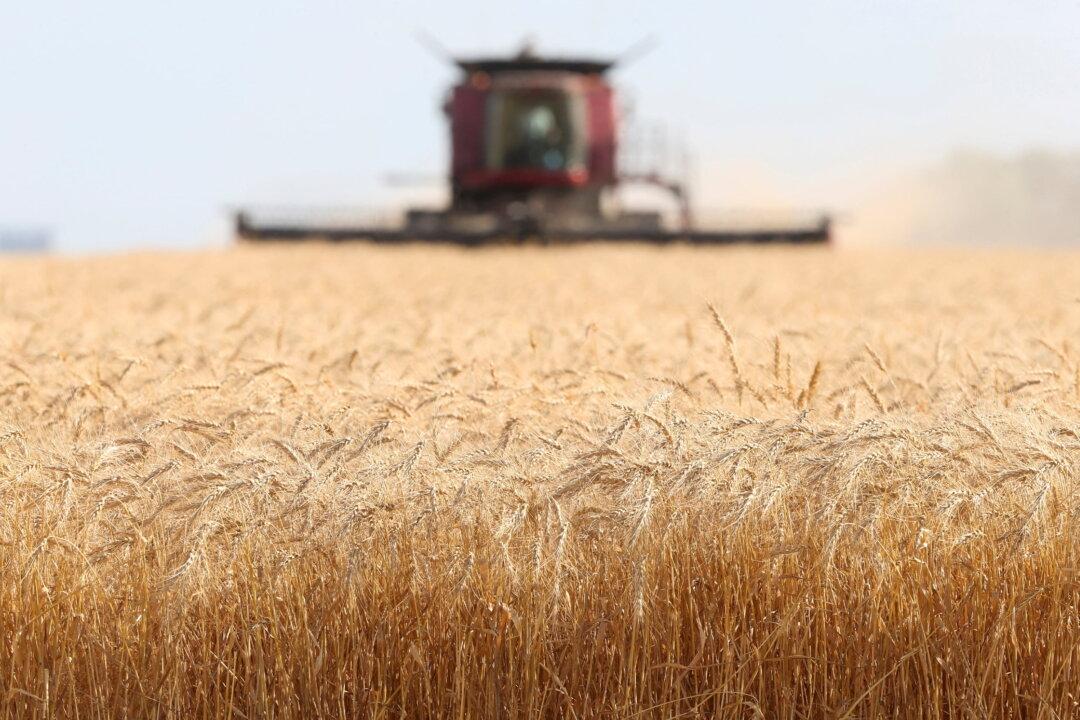Many farmers are bemoaning the federal government’s goals for lower greenhouse gas emissions from fertilizers, while agriculture groups have differing views on how the targets are to be met.
In December 2020, Agriculture and Agrifood Canada released its “A Healthy Environment and a Healthy Economy” climate plan, which called for 30 percent less greenhouse gas emissions from fertilizer applications by 2030. In May, the goals were reiterated in a discussion paper that invited feedback until the end of August.





